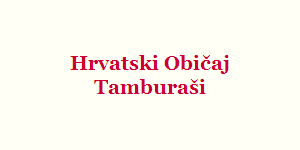

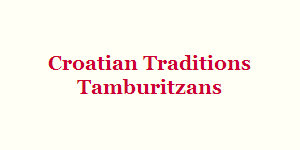
Links
Learn More
Multimedia
Tell Your Friends
Other Sites
Other Events
- None at this time.
Past Kolo Nights
Past Dance Parties
This site was launched on March 21, 2009 with support from the Mandolin Cafe.
Variable 'date_local' cannot be evaluated
Instrumentation
Introduction
Hrvatski Običaj is comprised of individuals that play the tambura and sing. The tambura is a reference to a family of stringed instruments and is considered the national instrument of Croatia, a country located in Eastern Europe on the Adriatic Sea. A person that plays the tambura is called a tamburitzan. The specific instruments played by our group include:
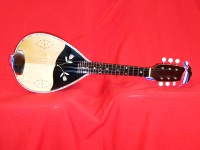
Prim (preem)
The prim is a rather small pear shaped four toned instrument that produces a high pitch sound. It is generally played by picking single notes in order to produce a melody. While it may appear similar to the American mandolin, there are significant structural differences and they produce different sounds. Generally, our songs have two melodies present, one which provides the main melody and the second of which that produces a harmony to the first.
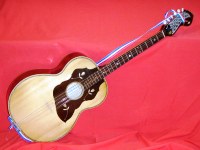
Brac (BRAATCH)
The brac is larger than the prim; about twice the size. It may appear to be similar to a guitar, but typically it is not quite that large. It produces a sound that is one octave below the sound of the prim and is played in a similar nature, by stringing individual notes in multiple harmonizing melodies.
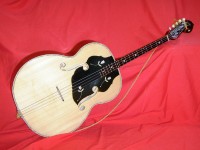
Celo (CHE-low)
The celo is comparable to the modern day cello found in current day orchestras. However, our celo is held like a guitar, and picked to produce the sound, an octave below the brac. It usually plays a counter-melody to the prim and brac.
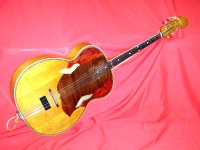
Bugarija (boo-GA-ree-ya)
The bugarija most resembles the modern day acoustical guitar, in that it is strummed creating chords and is vital in keeping the rhythm of the group together. Generally it is not used to create a melody. Rather, it plays a counter rhythm to the bass. It is similar in size and design to the celo.
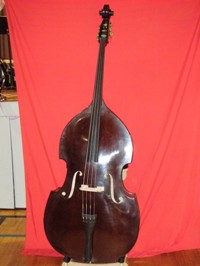
Berde (BER-de)
The berde is the traditional tambura bass with metal strings. In reality, the bass we use is a modern day fretless bass. Both are very similarly used in an orchestra. The tambura bass can be plucked with a pick or finger, and has a flat fretted neck, unlike the concert bass, which has an arched neck and is typically used with a bow. The bass provides the rhythm to the song in conjunction with the bugarija.
Generally Speaking
Our instruments are generally tuned to the key of G. This in no way represents all tambura systems. In other circles, the instruments can be tuned in a variety of keys, including A, D and E. There can be many other variations of the instruments themselves as well. Additionally, the basic five presented above are often augmented with other traditional instruments, such as the violin and the accordion. In fact, on occasion we utilize the western guitar.
Traditionally, small tamburitza groups of four to seven members accompany the singing and dancing that occurs at festivals, weddings, and other Croatian celebrations. However, during the last century the small tamburitza combos spurred the growth of large full-scale tamburitza orchestras, usually consisting of at least 10 to as many as 40 members. These orchestras (like Hrvatski Običaj) perform not only traditional Croatian folk tunes, but also orchestra pieces specially written for the tamburitza. Furthermore, many tamburitza orchestras perform non-Croatian music, including traditional American songs, exhilarating pieces like the Spanish "Malaguena" and orchestra pieces originally composed for the Russian balalaika. Many orchestras use the tambura for more formal, symphonic type pieces.
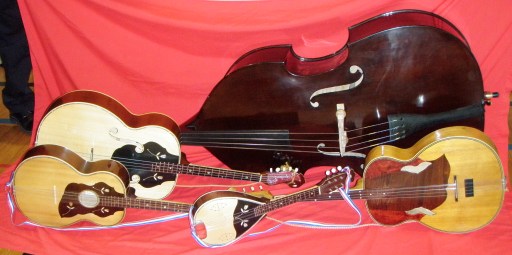
While the individuals of our group are primarily of Croatian descent, other countries claim the tambura as a folk instrument as well. Some have a great comparison to ours, others are only vaguely comparable. In the U. S. today, tamburitza music is alive and thriving. In fact, it is claimed by some to be the single most prevalent ethnic instrument transplanted to America from a foreign land.